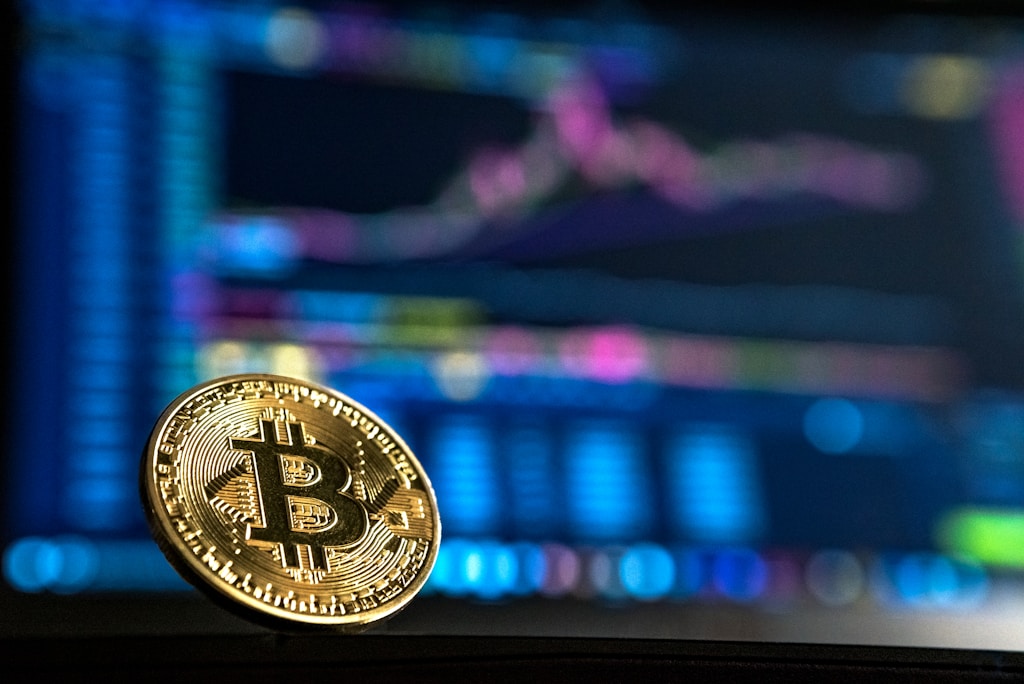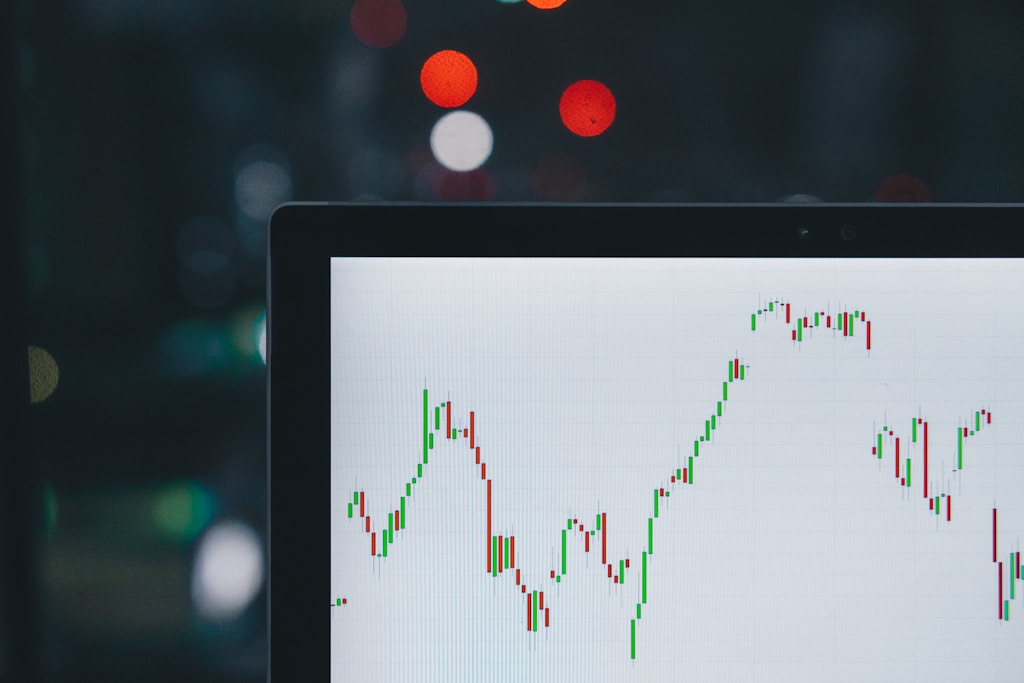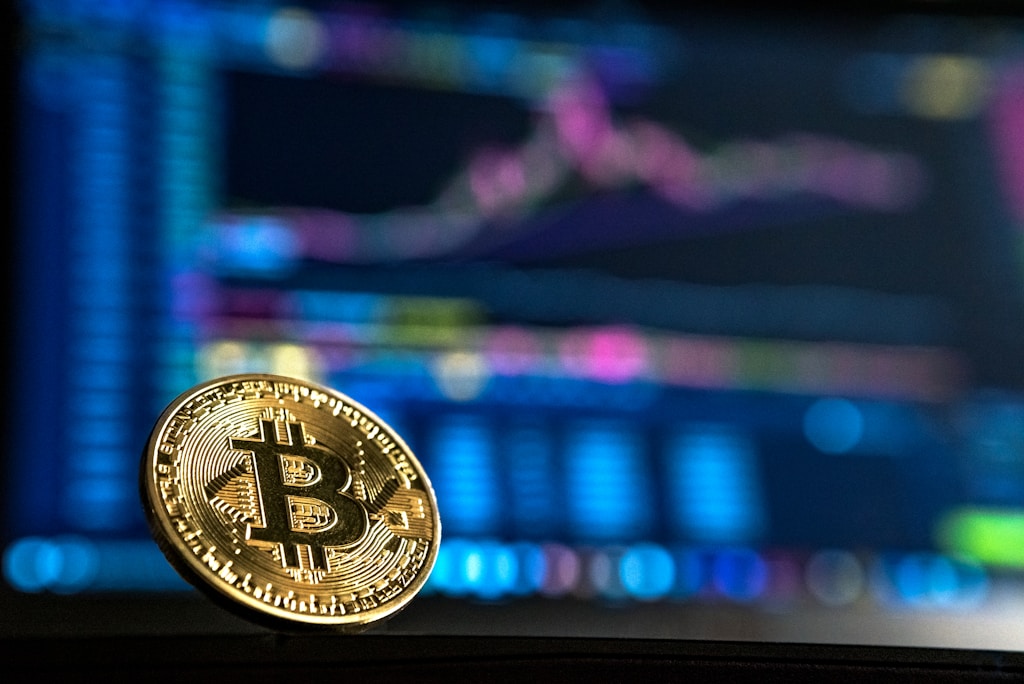Key Takeaways:
- Bitcoin reaches new all-time high of $107,115
- Market value surpasses 1kg of gold (33 troy ounces)
- Weekly close suggests potential continuation to $120K
Bitcoin’s relentless surge continues as the flagship cryptocurrency achieved a historic milestone, reaching $107,115 on Sunday evening. This remarkable price action, occurring at approximately 8 p.m. Eastern time, represented a 3.5% gain against the U.S. dollar and marked a significant moment in crypto market history.
As recent technical analysis suggested a clear path to $115K, Bitcoin’s latest movement appears to be validating these bullish predictions. The premier digital asset is currently trading at $106,508, maintaining strong momentum above the critical $100K psychological barrier.
Bitcoin Surpasses Gold’s Kilogram Value
In a testament to Bitcoin’s growing status as a store of value, the cryptocurrency’s price now exceeds the worth of a full kilogram of .999 fine gold, equivalent to 33 troy ounces. This milestone adds credibility to the “digital gold” narrative that has long surrounded Bitcoin.
SPONSORED
Trade Bitcoin with up to 100x leverage and maximize your profit potential
Market Implications and Future Outlook
The historic weekly close above $106,000 has significant technical implications. Technical indicators suggest a potential push toward $120K, with strong support established at the $90K level according to CVDD metric analysis.
FAQ: Bitcoin’s Historic Price Movement
Q: What caused Bitcoin’s latest price surge?
A: A combination of strong institutional demand, reduced selling pressure post-halving, and positive market sentiment have contributed to the rally.
Q: Is $107K a sustainable price level?
A: Technical indicators and on-chain metrics suggest strong support levels, though some consolidation may occur before further upside.
Q: What are the next key resistance levels?
A: Major resistance levels are identified at $110K and $120K, with some analysts projecting potential moves to $160K based on golden ratio analysis.
Conclusion
Bitcoin’s breakthrough above $107K represents a significant milestone in its evolution as a mature financial asset. With institutional adoption continuing to grow and technical indicators remaining bullish, the cryptocurrency appears well-positioned for further gains in the coming weeks.


